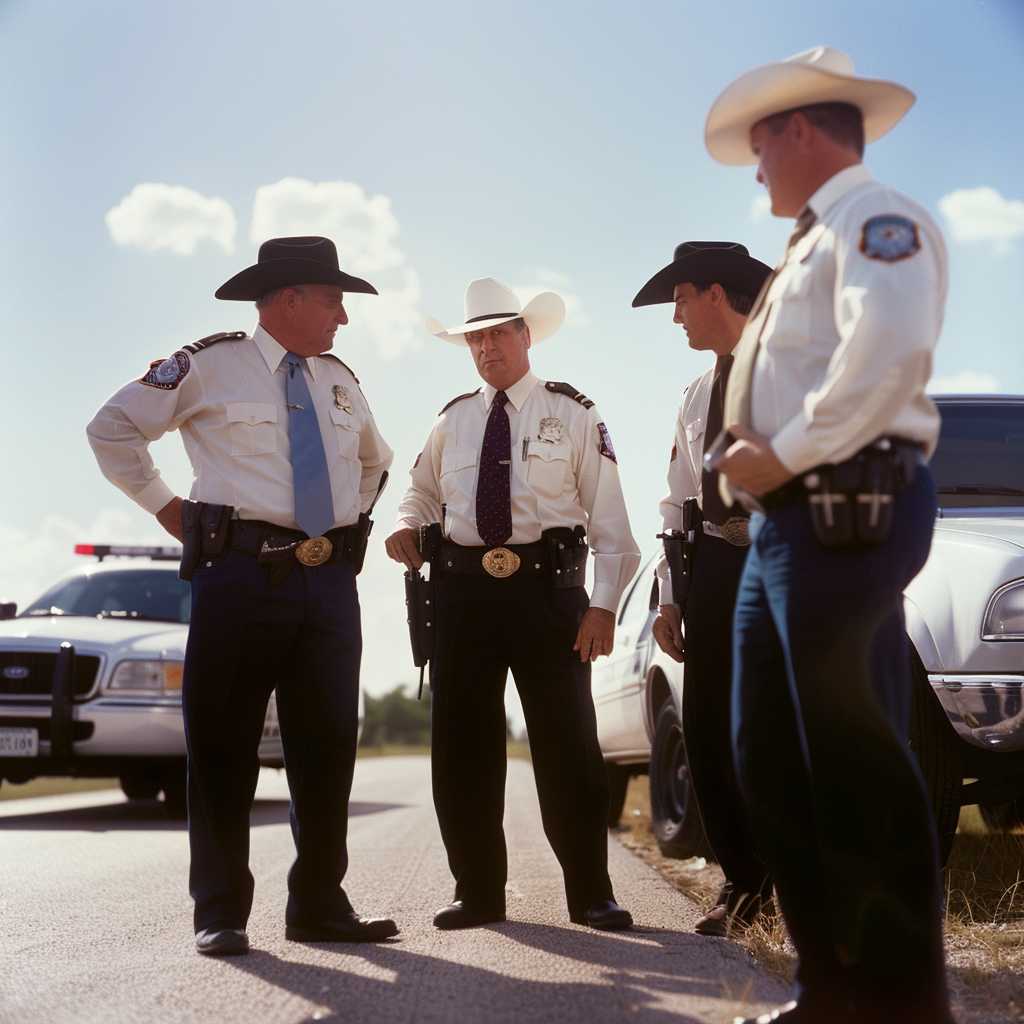The Texas Rangers: An Overview of the Iconic Law Enforcement Agency
The Texas Rangers represent one of the most storied law enforcement agencies in the United States. With a legacy stretching back to the early 19th century, they have been a significant force in shaping the history and identity of Texas. As a symbol of justice and the frontier spirit, the Rangers have evolved over time, adapting to the changing landscapes of crime, culture, and technology. This article dives into their founding, their evolution, their role in modern law enforcement, and their impact on popular culture.
Historical Beginnings of the Texas Rangers
The origins of the Texas Rangers can be traced back to 1823 when Stephen F. Austin, known as the “Father of Texas,” employed a group of ten men to protect settlers from Native American attacks. These early rangers were part civilian and part military force, serving as scouts and protectors of the Texan frontier. Their main tasks were to offer protection, act as a deterrent against criminal activities, and serve as a militia in territorial conflicts.
Throughout the years leading up to and following Texas’s independence from Mexico in 1836, the Rangers played a crucial role in defending the territory from internal and external threats. Their legend grew during skirmishes such as the battle against the Comanche at Plum Creek and during the Mexican-American War (1846-1848) when their knowledge of the terrain and fighting skills proved pivotal.
Evolution and Expansion
In response to changing times, including periods of civil unrest, outlaw threats like those posed by John Wesley Hardin, and battles against cattle thievery, the Rangers changed as well. Throughout the 19th and 20th centuries, they both fought in military engagements and acted increasingly in capacities reminiscent of detectives.
By the early 1900s roles had further shifted towards law enforcement similar to state police forces elsewhere in the country. Rangers involved themselves in pivotal historical moments such as hunting for Bonnie and Clyde during the Great Depression, and solving complex cases ranging from murders to political corruption.
During their evolution, they also faced criticism for acts during periods like the early 20th century when their involvement with maintaining order was at times embroiled in charges of brutality. These complex aspects form part of a broader Ranger narrative that reflects not only acts of heroism but also controversial chapters.
Current Role in Law Enforcement
Today’s Texas Rangers fall under the umbrella of the Texas Department of Public Safety and function primarily as an investigative body. They specialize in complex investigations involving everything from murder to political corruption and act as a statewide law enforcement agency.
Specializations within the recent corpus of Rangers reflect modern law crime issues such as forensics, cybercrime, and intelligence. Vanguard technologies alongside time-honored investigative techniques embody today’s Ranger approach which also emphasizes interdepartmental collaboration nationwide.
Their purview includes facilitating law enforcement education through programs like the Ranger Reconnaissance Team that tackles border security issues—or hosting training academies which share Ranger skills more broadly. Despite shifts in duties throughout their history, they maintain their traditional image wielding belts with carved holsters, Stetson hats, and riding boots reflecting cultural continuity.
Policing Principles and Controversies
Operating under contemporary ethical paradigms alongside evolutions in criminal justice reform places modern Rangers within ongoing dialogues regarding policing practices nationwide. Accusations from history concerning extrajudicial actions heighten sensitivity around fair practice adherence today.
Ethical transparency, community relations, and procedural justice demonstrate core focal points shaping Ranger engagements in 21st-century jurisprudence. Balancing tradition with modernity has been both challenge and charter for this revered outfit. Critically examining past missteps has furthermore inspired current reforms addressing conduct expectations internally.
As Texas continues grappling with giant social change tides impacting everything from demographic shifts to political transformation demands on Ranger responsiveness surge alike necessitating dynamic operational ethos amidst foundational principle fidelity.
Rangers in Popular Culture
Beyond enforcing the law, Texas Rangers have firmly entrenched themselves into American popular culture. Figures such as Chuck Norris in “Walker, Texas Ranger”, incarnate Ranger ubiquity within media spheres extending legend into mythos realms. Fictional portrayals often emphasize qualities like rugged individualism intertwining with stoic justice ideals embodied by real-life counterparts fostering considerable mystique environs.
Longstanding fascination propels continuous representation invocation from literature passages through silver screen fictions depicting storied Ranger episodes be they embellished narrative trades or historiographic approximations speaking much to public curiosity continually inspired by these icons.
